
Are you a proud owner of a Belgian Malinois but find it tough to handle their behavior problems? You’re in the right place; we will tackle the best ways to deal with Belgian Malinois behavior problems and turn your challenging pup into your best friend.
The Belgian Malinois Breed
History and Origin
The Belgian Malinois is a medium-to-large dog breed renowned for its versatility and work ethic. They are one of four types of Belgian herding dogs, often mistaken for German Shepherds due to their similar appearance.
Their keen intellect and strong work ethic made them indispensable on farms. Over time, their versatility led to their adoption by law enforcement agencies worldwide.
Temperament and Traits
With their rich and lustrous mahogany coat, complemented by a striking black mask that accentuates their features, they exude an undeniable aura of stoic beauty and graceful elegance. Their regal presence commands attention and admiration, capturing the hearts of all who behold them.
The Malinois is a highly energetic breed with intelligence and a keen instinct for protective work. They possess a strong drive for tasks and enjoy being engaged in activities. Yet, they can be assertive and territorial, translating into behavioral problems if not properly managed.
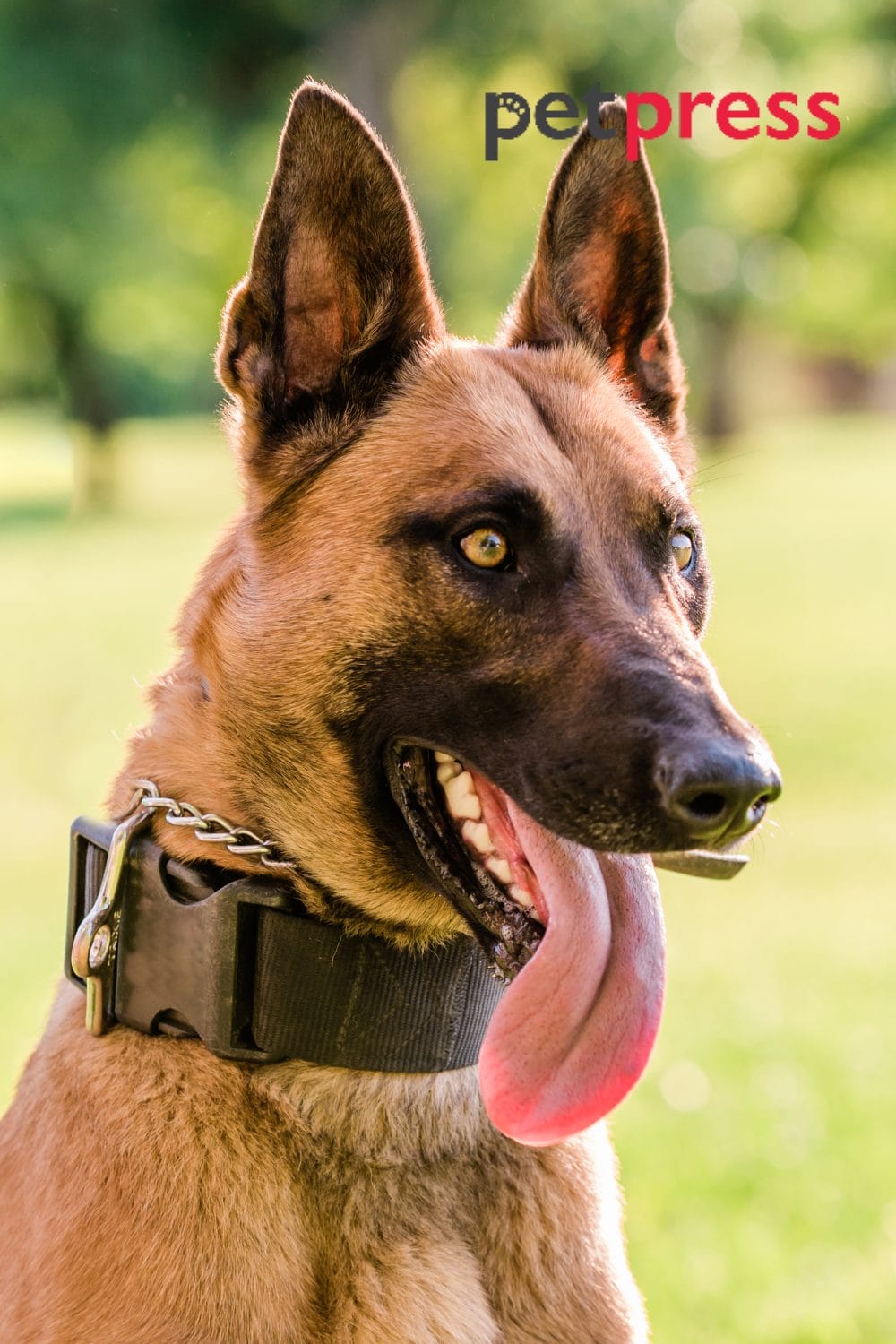
Common Behavior Problems in Belgian Malinois
Belgian Malinois may exhibit various behavior problems attributed to a lack of socialization and inadequate mental and physical stimulation. It is crucial to address these problems early on to prevent escalation.
Aggression
Aggression is a serious issue that can arise in Belgian Malinois if not addressed promptly. It can be directed toward other dogs, strangers, or family members. Understanding the root cause of aggression is crucial for effective resolution.
Excessive Barking
Belgian Malinois are vocal dogs, but excessive barking can become problematic. It may indicate boredom, anxiety, or a need for mental stimulation. Implementing structured activities can help reduce this behavior.
Destructive Chewing
Chewing is a common behavior for dogs, but it can damage furniture and belongings when destructive. Providing appropriate chew toys and teaching bite inhibition can curb this behavior.
Fearfulness
Belgian Malinois may become fearful due to a lack of socialization or traumatic experiences. Exposing them to different environments and situations from a young age is essential to building their confidence.
Separation Anxiety
Belgian Malinois can form strong bonds with their owners, sometimes leading to separation anxiety when left alone. Gradual desensitization and positive reinforcement techniques can help alleviate this issue.
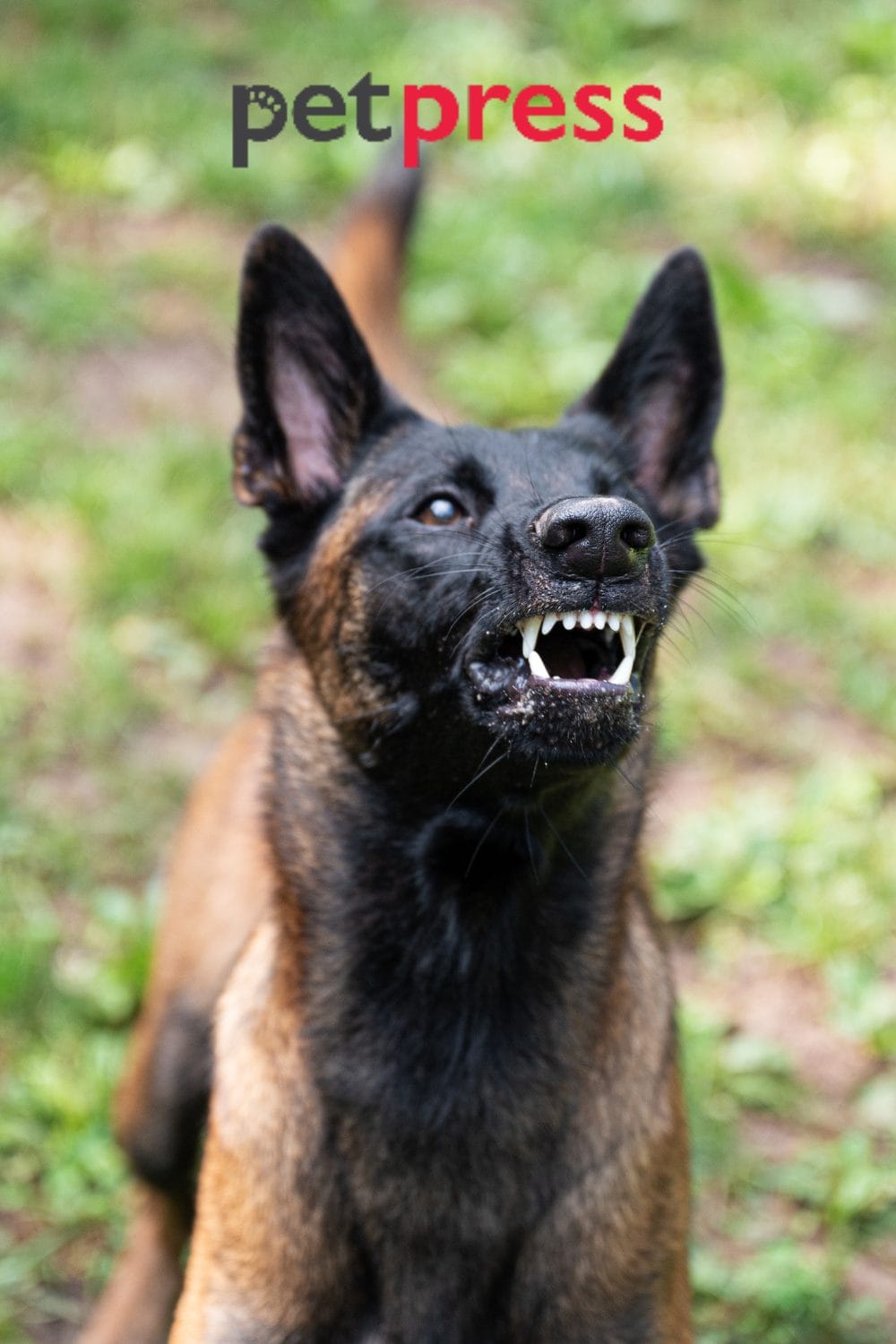
Effective Strategies for Behavior Modification
Now, let’s dive into some effective strategies you can implement at home to address and reform Belgian Malinois behavior problems.
Obedience Training
Establishing a foundation of obedience is essential for managing behavior problems. Consistent training using positive reinforcement techniques can instill good manners and responsiveness in your Belgian Malinois.
Consistent training begins with setting up a routine that your Belgian Malinois can follow. This could be as simple as having a fixed time for meals, walks, and training sessions.
For instance, teaching basic commands like ‘Sit,’ ‘Stay,’ and ‘Come’ requires regular practice. Practice these commands for a few minutes daily and gradually increase the duration.
Another example of consistent training is the reinforcement of boundaries. Ensure this rule applies if your Belgian Malinois is not on the furniture. This means not letting them up on the couch even when they give you those puppy dog eyes.
Finally, mental stimulation is a vital part of consistent training. Incorporate puzzle toys, agility tasks, or new tricks into their daily routine. Consistently challenging their minds helps to keep them engaged and decreases the likelihood of destructive behavior.
Mental Stimulation
Engaging your Belgian Malinois mentally is just as important as physical exercise. Puzzle toys, obedience challenges, and interactive games can keep their minds sharp and prevent boredom-related behaviors.
One example of mental stimulation is using interactive puzzle toys. These toys entertain your Belgian Malinois and challenge their problem-solving skills. For instance, Kong toys filled with treats can keep your dog occupied as they try to retrieve the reward inside.
Another form of mental exercise is obedience challenges. Training your Belgian Malinois to perform complex commands, like roll over or play dead, keeps them mentally engaged. These challenges also strengthen your bond; they understand you’re their fun and learning source.
Remember, a mentally stimulated Malinois is a happy Malinois!
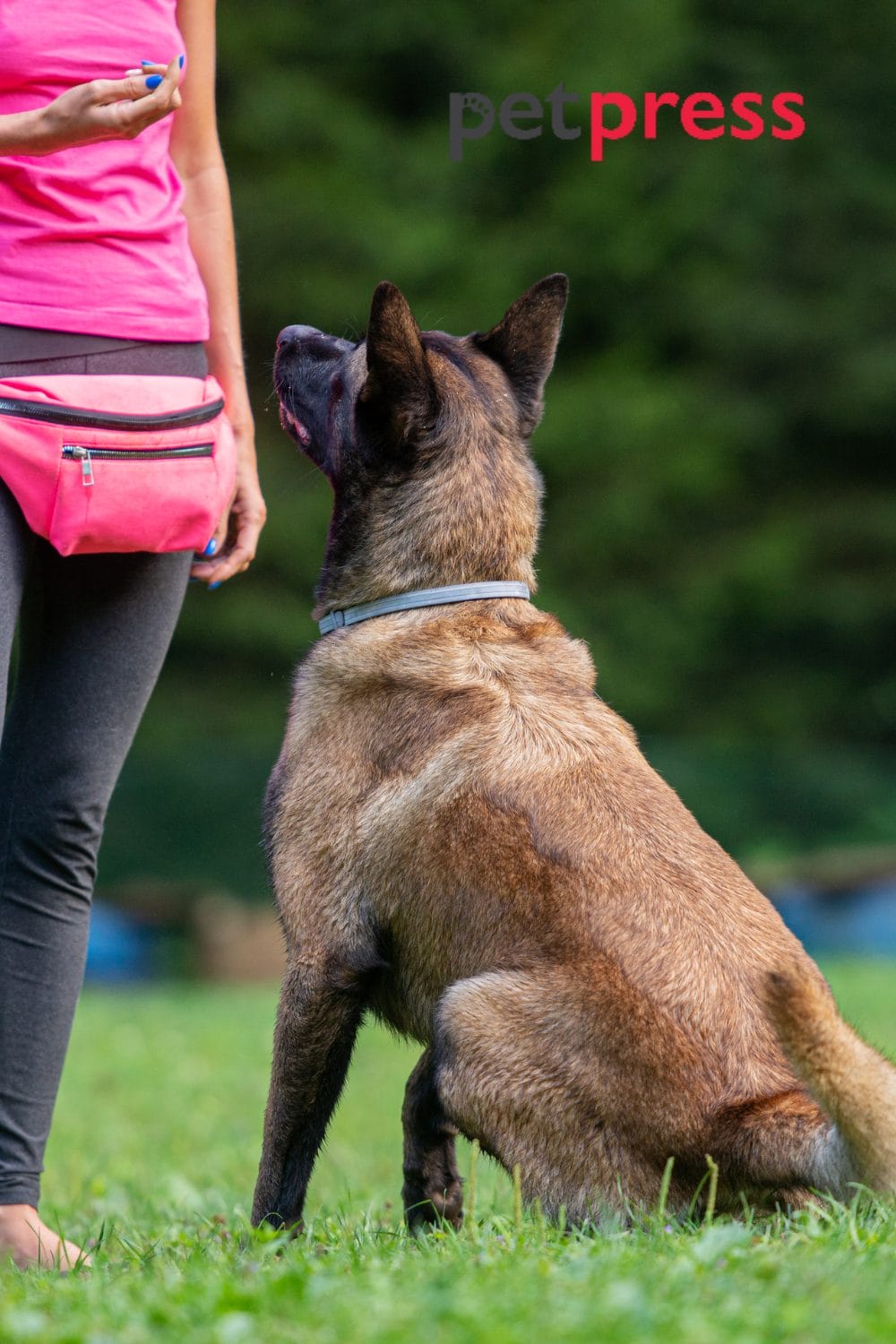
Socialization
Early and positive exposure to various environments, people, and other dogs is crucial for a well-adjusted Belgian Malinois. Controlled socialization experiences can help reduce fear-based aggression and anxiety.
There are many ways to socialize your Belgian Malinois, but it’s important to remember that every interaction should be positive and non-threatening. Start by taking your Malinois to dog-friendly parks or stores, where they can observe and interact with different people and dogs.
Additionally, enrolling them in training classes or doggy daycare can be beneficial for socializing with other dogs under controlled conditions. Furthermore, inviting friends over to your house whose behaviors are known to you can provide a safe and familiar environment for your Malinois.
Consistent Routine
Belgian Malinois thrive on routine and predictability. Establishing a consistent daily schedule for feeding, exercise, and training can give your dog a sense of security and stability.
Consistency is critical when dealing with behavior problems in Belgian Malinois. Whether in training, rules, or routines, consistency provides a clear structure that helps manage expectations and behaviors effectively.
To ensure consistency in training, establish and stick to a training schedule. This not only includes the timing but also the commands and techniques used. Everyone in the household should be on the same page and use the same cues and reinforcements to avoid confusing the dog.
For household rules, make sure they are clear and applied consistently. If your Belgian Malinois is not allowed on the furniture, this rule should be consistently enforced, not just occasionally. Inconsistent rules can lead to confusion and unwanted behaviors.
In terms of routine, keep feeding, exercise, and training times consistent each day. Belgian Malinois are creatures of habit and thrive on predictability. Changes in routine can lead to stress and anxiety, which can exacerbate behavior problems.
Remember, consistency is not about being rigid or inflexible. It’s about providing a stable and predictable environment that makes your Belgian Malinois feel secure and confident.
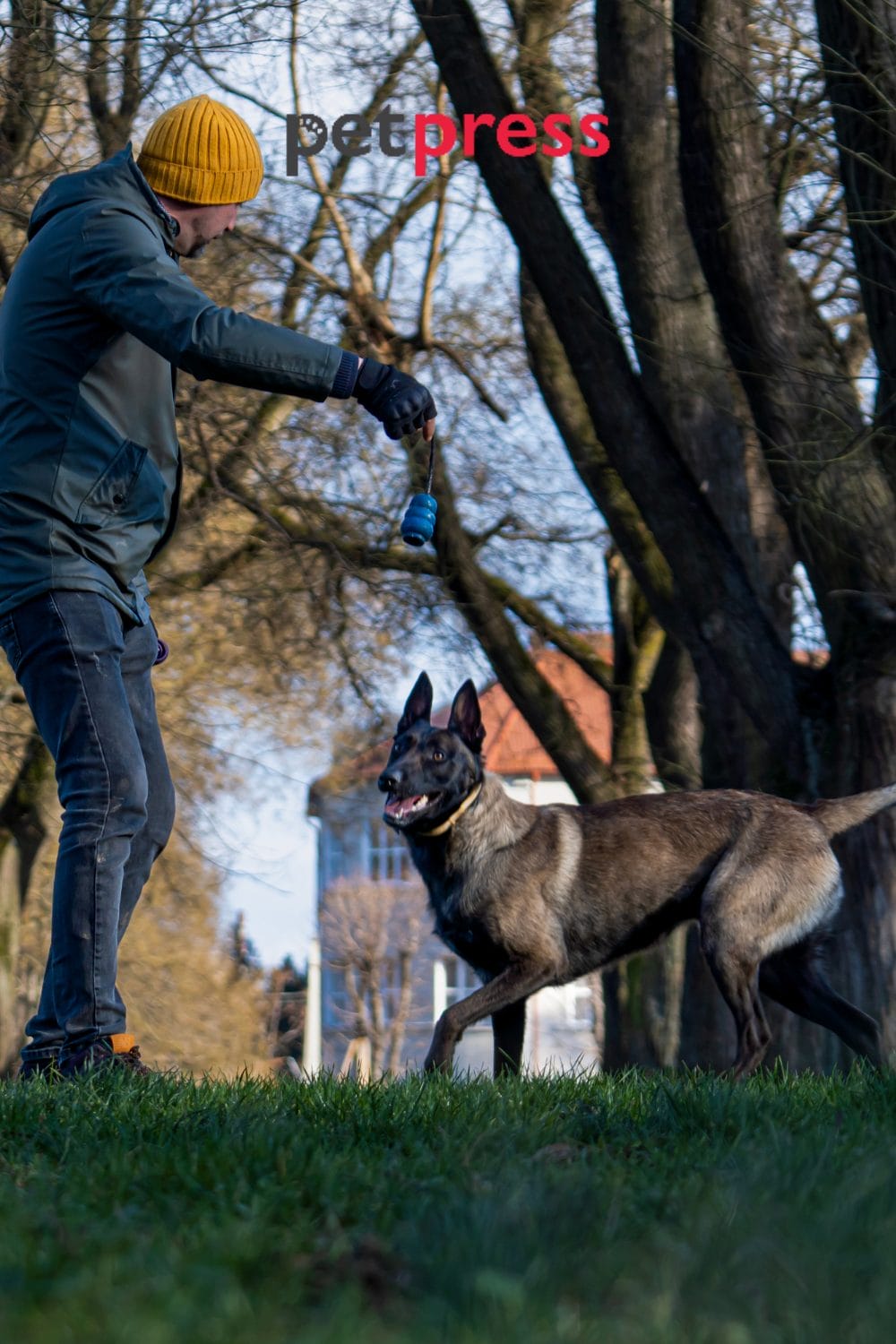
Trainer’s Tips: Guiding Your Belgian Malinois Towards Better Behavior
When guiding your Belgian Malinois towards better behavior, consistency is critical. Stick to a routine incorporating plenty of exercise and mental stimulation to help burn off some of that boundless energy. Redirect their instincts into productive outlets, like obedience training or agility courses.
Deal with any signs of aggression immediately by creating a safe, controlled environment and gradually acclimatizing your Malinois to the trigger of their aggression. Always reward positive behavior and ignore or redirect negative behavior.
Lastly, remember to show them plenty of love and affection. Positive reinforcement can come in many forms, from food rewards to praise and petting. Remember that your Belgian Malinois wants to please you, and reinforcing good behavior goes a long way in maintaining a harmonious relationship.
Employ patience and persistence in your training. It may be a challenging journey, but the result—a well-behaved, loyal, and happy Belgian Malinois—makes it all worthwhile.
Conclusion: Embracing the Journey with Your Belgian Malinois
The journey of owning a Belgian Malinois is undoubtedly an adventure. With their intelligence, strength, and determination comes the potential for behavioral challenges. But with patience, love, and commitment, you can guide your Malinois toward better behavior and build a strong bond.
If you’re considering bringing a Belgian Malinois into your life, remember to be prepared for the responsibilities and challenges of owning a high-energy breed. And if you’re already a proud Malinois owner, keep up with your training, stay consistent, and always remember to have fun along the way.
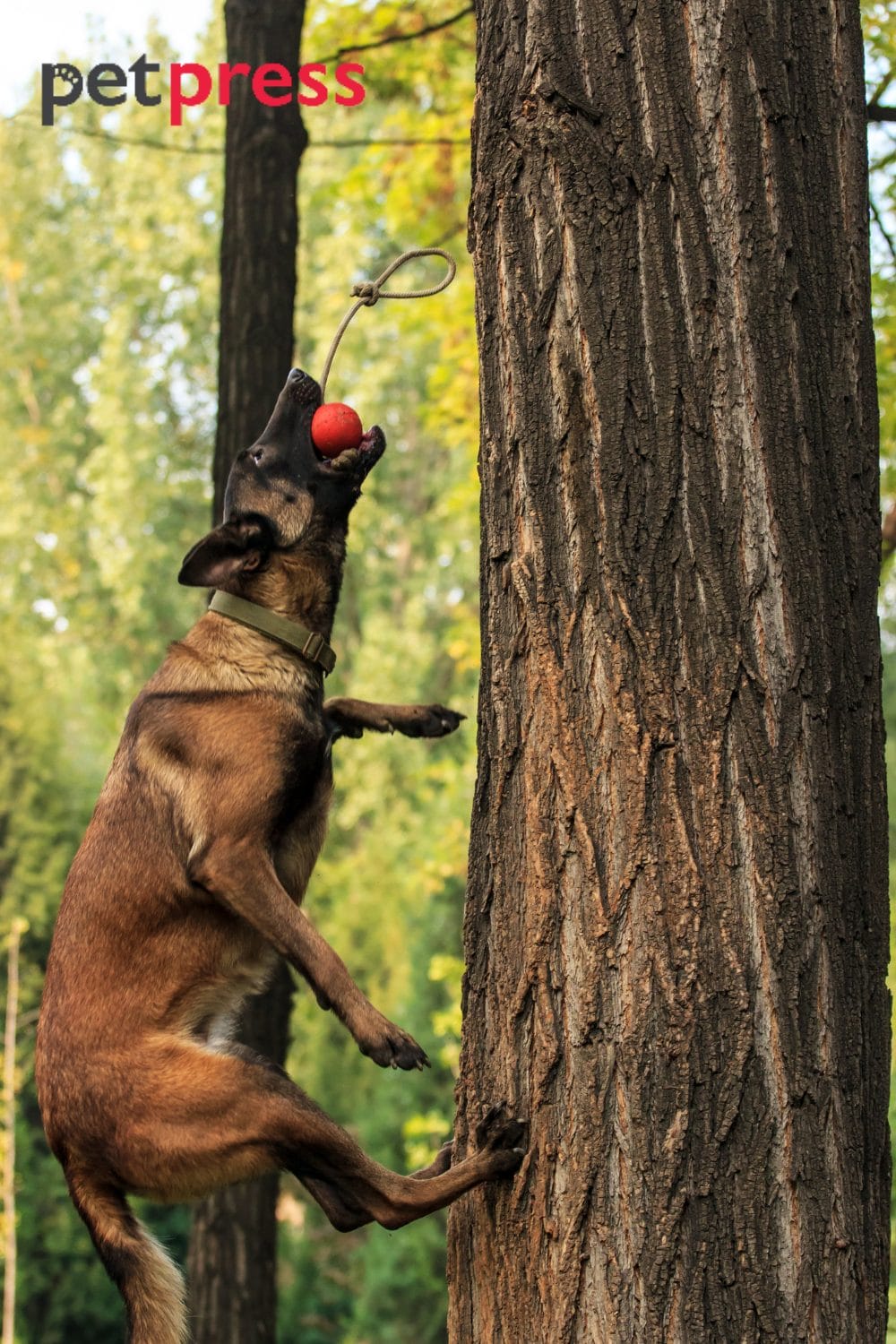
FAQs about Belgian Malinois Behavior Problems
Belgian Malinois can display aggression, especially towards strangers or when feeling threatened. Socializing them properly and providing adequate training to prevent aggression is essential.
With proper socialization and training, Belgian Malinois can make excellent family pets. However, they require a dedicated and active owner who understands their needs.
On average, an adult Belgian Malinois requires at least 2 hours of daily physical activity to stay mentally and physically healthy.
With proper training and management, separation anxiety in Belgian Malinois can be reduced or even eliminated. Seek the help of a professional dog trainer for the best approach.
Some common behavior problems seen in Belgian Malinois include aggression, destructive chewing, excessive barking, fearfulness, and separation anxiety.
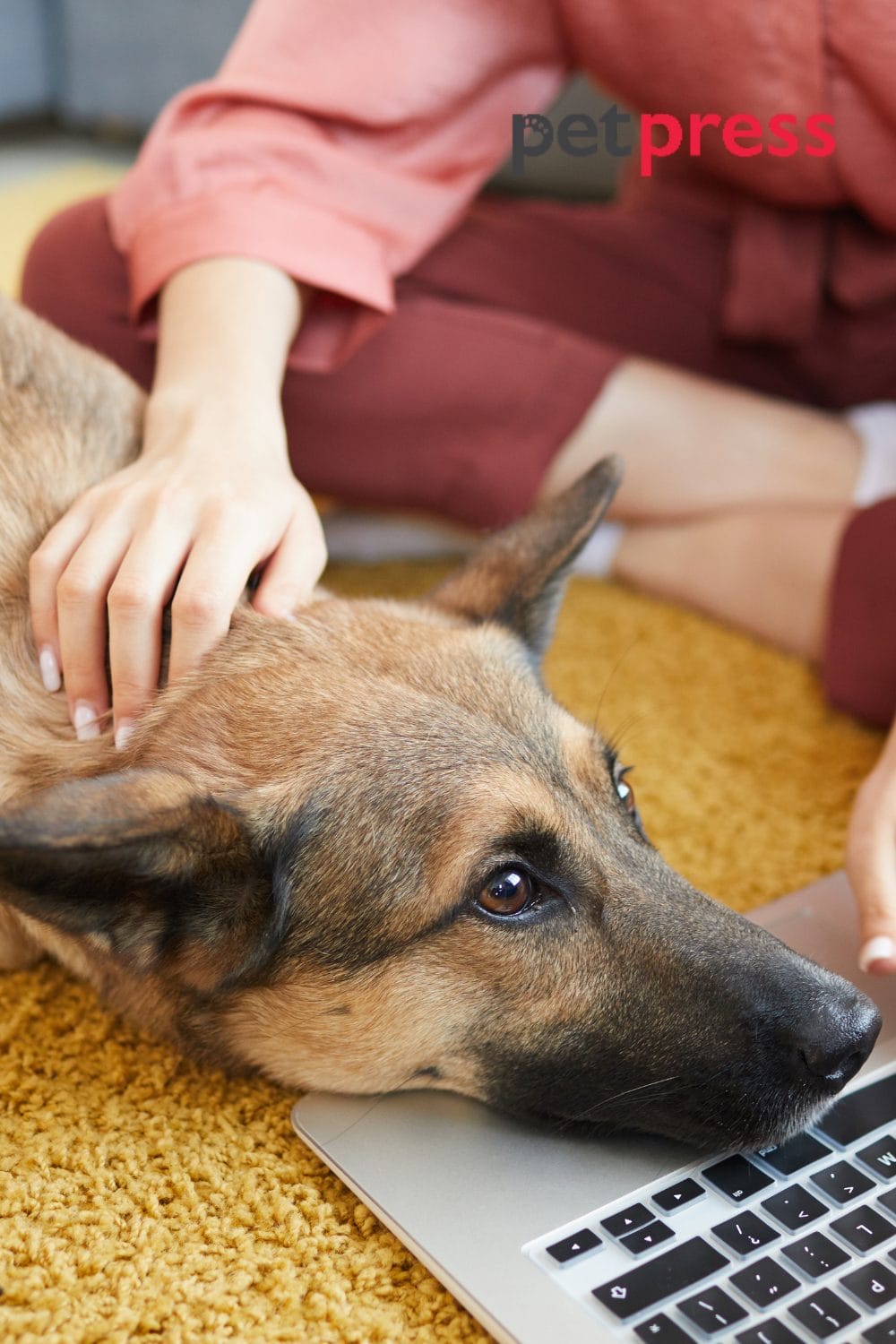
Related Post:
14 Things Only Belgian Malinois Owners Will Understand


GIPHY App Key not set. Please check settings